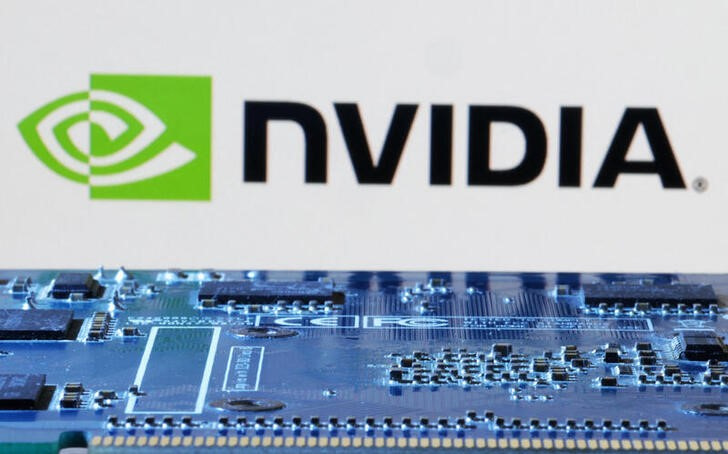Tonix Pharmaceuticals stock halted ahead of FDA approval news
SAN JOSE, Calif. - NVIDIA, a semiconductor giant with a market capitalization of $2.83 trillion and a perfect Piotroski Score of 9 according to InvestingPro, has announced a collaboration with GE HealthCare to enhance autonomous imaging technologies, leveraging the NVIDIA Isaac platform for Healthcare. This initiative aims to integrate autonomy in X-ray and ultrasound systems, which are crucial in patient diagnostics yet inaccessible to a significant portion of the global population.
The partnership, building on nearly two decades of joint efforts in imaging technology, will focus on developing systems capable of automating complex tasks, such as patient positioning and image scanning. By using the NVIDIA Isaac for Healthcare platform, GE HealthCare can simulate and validate these autonomous imaging capabilities in a virtual environment before they are implemented in real-world medical settings. NVIDIA’s strong financial position, with a current ratio of 4.44 and impressive gross profit margin of 75%, positions it well to support such innovative initiatives.
Kimberly Powell, NVIDIA’s vice president of healthcare, emphasized the critical role of AI in meeting the overwhelming demand for healthcare services. Roland Rott, president and CEO of Imaging at GE HealthCare, similarly highlighted the potential of physical AI to improve patient access and address healthcare staffing shortages.
Isaac for Healthcare, powered by NVIDIA’s suite of computing platforms, provides developers with simulation frameworks and AI models fine-tuned for healthcare robotics. These tools enable the creation of digital twins for medical environments, allowing for the safe learning of robotic skills applicable to real-world situations such as surgery.
The ecosystem for healthcare robotics is expanding, with early adopters and ecosystem partners already integrating their tools and systems into the Isaac for Healthcare environment. This platform is now available in early access, marking a step forward in the development of robotic healthcare solutions.
NVIDIA (NASDAQ: NVDA), recognized as a leader in accelerated computing, continues to push the boundaries of innovation in collaboration with industry partners like GE HealthCare. This announcement is based on a press release statement and reflects the ongoing commitment of both companies to drive advancements in the healthcare industry. With revenue growth of 114.2% in the last twelve months, NVIDIA continues to demonstrate strong market performance. For deeper insights into NVIDIA’s financial health and growth prospects, including 20 additional ProTips and comprehensive analysis, visit InvestingPro.
In other recent news, NVIDIA has made several significant announcements that could impact various industries. The company introduced its NVIDIA Blackwell platform, which accelerates computer-aided engineering (CAE) software by up to 50 times, benefiting sectors like automotive and aerospace by reducing product development time. NVIDIA also launched the AI Data Platform to enhance enterprise data storage with AI capabilities, collaborating with major storage providers such as Dell Technologies and IBM. Furthermore, NVIDIA announced the integration of their Omniverse platform with industrial software to boost digitalization and AI in industries, with companies like Hyundai Motor Group and Mercedes-Benz adopting these tools.
Additionally, NVIDIA unveiled its DGX SuperPOD, equipped with Blackwell Ultra GPUs, designed to provide advanced AI computing for various industries. This new infrastructure is expected to deliver significantly higher AI performance than previous systems. NVIDIA also released new world foundation models under the Cosmos platform, aimed at transforming physical AI development for robotics and autonomous vehicles. These models are being adopted by industry players like Agility Robotics and Figure AI to enhance training data for physical AI. These developments highlight NVIDIA’s ongoing efforts to advance AI technology across multiple domains.
This article was generated with the support of AI and reviewed by an editor. For more information see our T&C.
